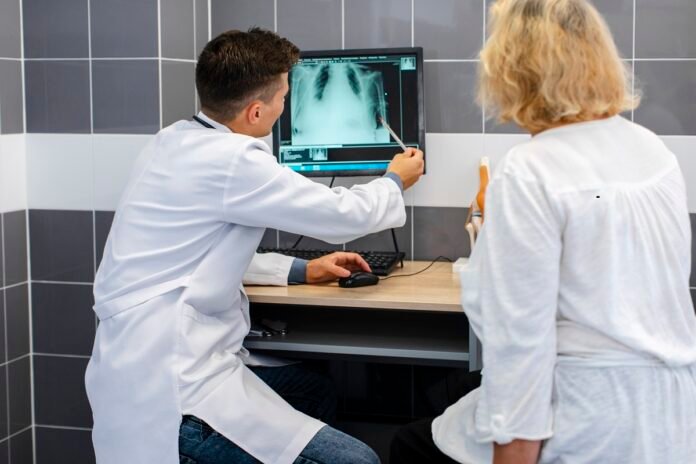How well do you know the state of your heart’s health? Have you ever considered the possibility that your most vital organ could be at risk, silently crying out for help? CT coronary angiography – a term that might sound incredibly complex but alludes to a comprehensive and non-invasive way of understanding your heart’s condition. Let’s embark on an illuminating journey, digging deep into the procedurals and tremendous value of this modern diagnostic marvel. Through this exploration, we aim to shed light on why early detection, made possible by such medical breakthroughs, is such a game-changer in heart health.
CT coronary angiography offers invaluable insight into myocardial health, penetrating deep into the complex network of vessels that sustain our hearts. It’s a touch of medical wizardry that has transformed the approaches to diagnosing heart ailments. Have I sparked your intrigue yet? Stay with me as we delve into the nitty-gritty of CT coronary angiography.
This procedure’s benefits extend beyond just diagnosis. It plays a vital role in preventive health care, influencing treatment strategies, and possibly altering the course of our lives by enabling early disease detection.
Table of Contents
Why CT Coronary Angiography?
Why resort to a procedure as potentially intimidating sounding as a CT coronary angiography? The primary reason – it provides incredibly accurate and detailed images of your heart’s complex network of ar
teries. It can detect narrowing or blockages in your coronary arteries, the main source of blood for your heart.
When conventional stress tests result in ambiguous or uncertain outcomes, CT coronary angiography steps in to offer clarity. It helps analyze your arteries’ condition and provides medical professionals a clearer picture of your cardiac health.
Moreover, this revolutionary procedure enables pinpointing calcium deposits in your arteries – a significant indicator of potential heart disease.
What Happens During A CT Coronary Angiography?
The procedure is simple and comparatively hassle-free. Starting with an injection of a contrast medium into your veins, a high-speed CT scan creates multiple images of your heart and its arteries. Does it hurt? Not particularly. Expect a slightly warm feeling when the contrast medium is injected – that’s about all in the name of discomfort.
These images provide doctors with a well-defined roadmap of your heart’s arteries. They show if these critical pathways are blocked, narrowed, or exhibit signs of potential illnesses.
Who Should Undergo This Procedure?
Not everyone with heart-related concerns needs a CT coronary angiography. It’s most suitable for individuals with moderate risk of heart disease, especially those with complicated medical histories or inconsistent test results.
For symptomatic individuals experiencing chest pain or shortness of breath, or those with a family history of heart disease, it is a beneficial and recommended procedure.
Assessing the Pros and Cons
Like any medical procedure, CT coronary angiography has its pros and cons. Its greatest advantage lies in its non-invasiveness and high accuracy. It offers a detailed understanding of the heart’s health, and can prevent more invasive procedures down the line.
However, it’s important to note that this procedure does involve exposure to radiation and may cause adverse reactions to contrast medium in susceptible individuals.
Can Coronary Angiography Predict the Future?
CT coronary angiography serves as a helpful tool for anticipating potential health issues. By identifying blockages or narrowings in the coronary arteries, it allows for the early initiation of treatment. Remember, the earlier the detection, the better the treatment outcomes.
Living With The Results
The results of your angiography can influence lifestyle changes as well as medical interventions. They can offer the needed nudge towards adopting a heart-healthy lifestyle or even escalate treatment plans.
Conclusion
Returning to the question posed at the start – how well do you know the state of your heart’s health? A CT coronary angiography might hold the answer. It provides a detailed glimpse into your coronary arteries, guiding crucial health decisions. While it has its share of pros and cons, its benefits in detecting potential concerns early are undeniable.
Remember, your heart is not just a beating organ. Learning to listen to your heart’s whispers before they become screams could change, and possibly save your life – all thanks to CT Coronary Angiography. Because ultimately, early detection equals prevention, and prevention always trumps cure.









